The quantum computing revolution is upon us.
Establish a foundation of knowledge for understanding quantum computing with this two-course online program. Starts October 7th, 2019.

The quantum computing revolution is upon us.
Establish a foundation of knowledge for understanding quantum computing with this two-course online program. Starts October 7th, 2019.
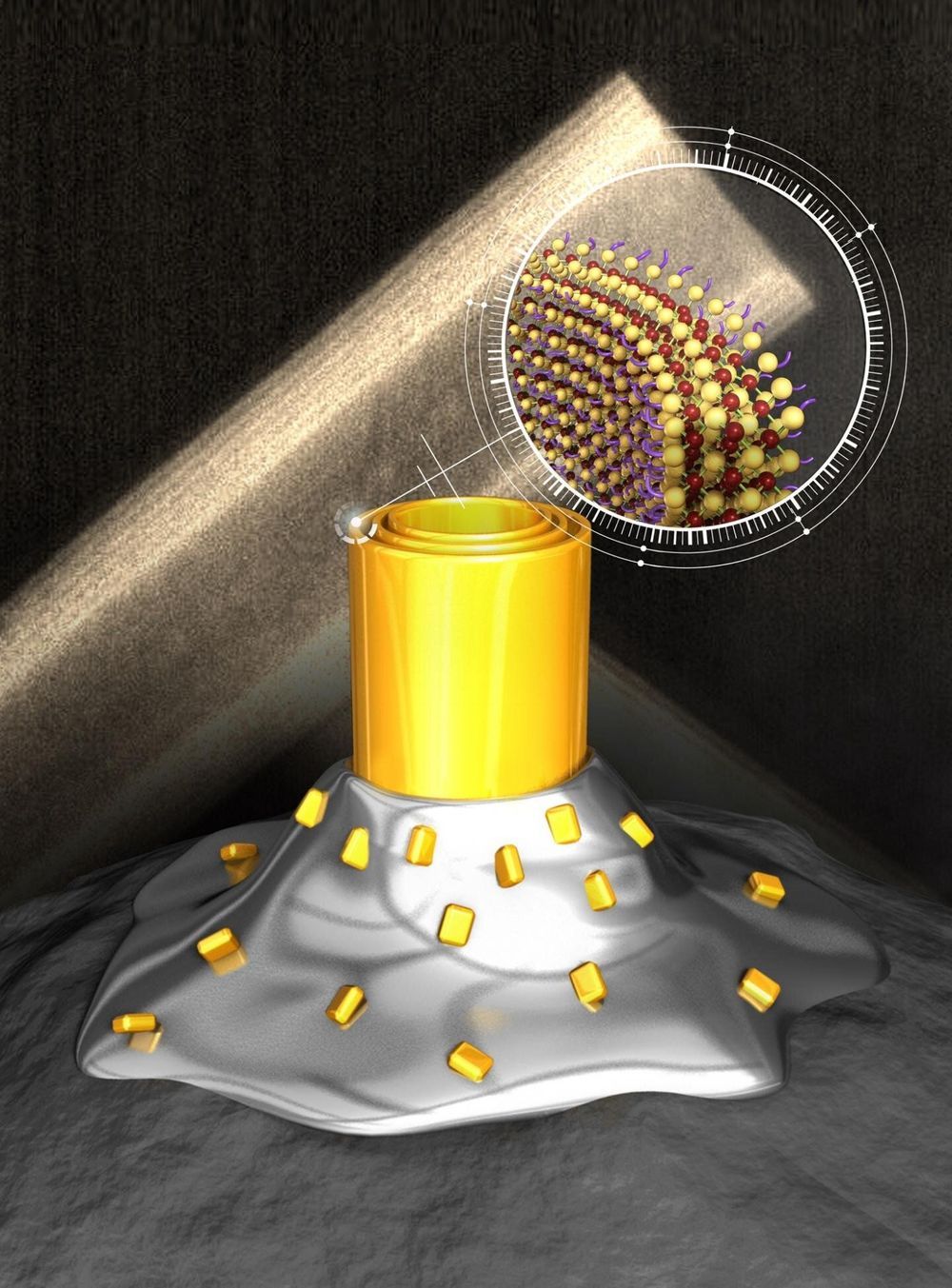
If scientists could find a way to control the process for making semiconductor components on a nanometric scale, they could give those components unique electronic and optical properties—opening the door to a host of useful applications.
Researchers at the Laboratory of Microsystems, in EPFL’s School of Engineering, have taken an important step towards that goal with their discovery of semiconducting nanotubes that assemble automatically in solutions of metallic nanocrystals and certain ligands. The tubes have between three and six walls that are perfectly uniform and just a few atoms thick—making them the first such nanostructures of their kind.
What’s more, the nanotubes possess photoluminescent properties: they can absorb light of a specific wavelength and then send out intense light waves of a different color, much like quantum dots and quantum wells. That means they can be used as fluorescent markers in medical research, for example, or as catalysts in photoreduction reactions, as evidenced by the removal of the colors of some organic dyes, based on the results of initial experiments. The researchers’ findings have made the cover of ACS Central Science.

Honeywell Quantum Solutions has demonstrated record-breaking high fidelity quantum operations on their trapped-ion qubits. It is a major step towards producing the world’s most powerful quantum computer. Honeywell targets an operational trapped ion quantum computer by the end of 2019.
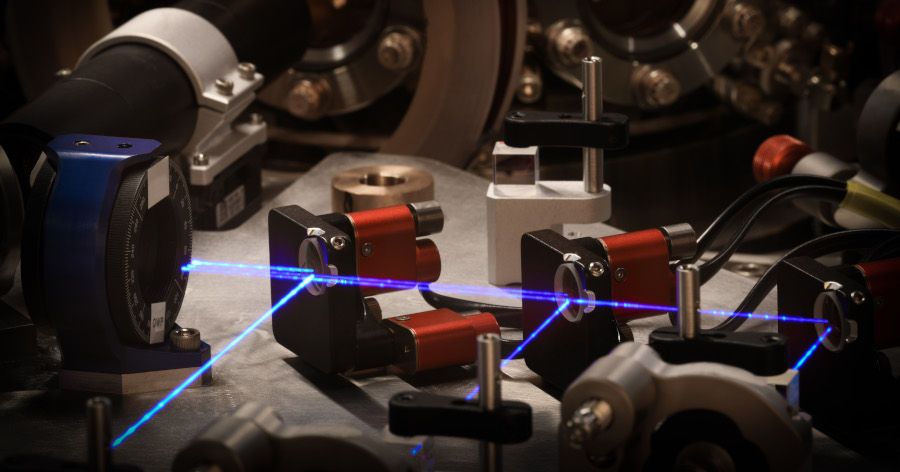
Currently the leading trapped ion quantum computer is by the startup IonQ. There are commercial quantum annealing systems from D-Wave Systems with 2000 qubits. There are superconducting quantum computers with 16–72 qubits from Google, IBM, Intel and Rigetti Systems.

We know that the rule “nothing lasts forever” holds true for everything. But the world of quantum particles doesn’t always seem to follow the rules.
In the latest findings, scientists have observed that quasiparticles in quantum systems could be virtually immortal. These particles can regenerate themselves after they have decayed — and this can have a significant impact on the future of quantum computing and humanity itself.
This finding stands up directly against the second law of thermodynamics which basically says that things can only break down and not reconstruct again. However, these quantum particle fields can reconstruct themselves after decaying – just like the Phoenix rises from its ashes in Greek mythology.
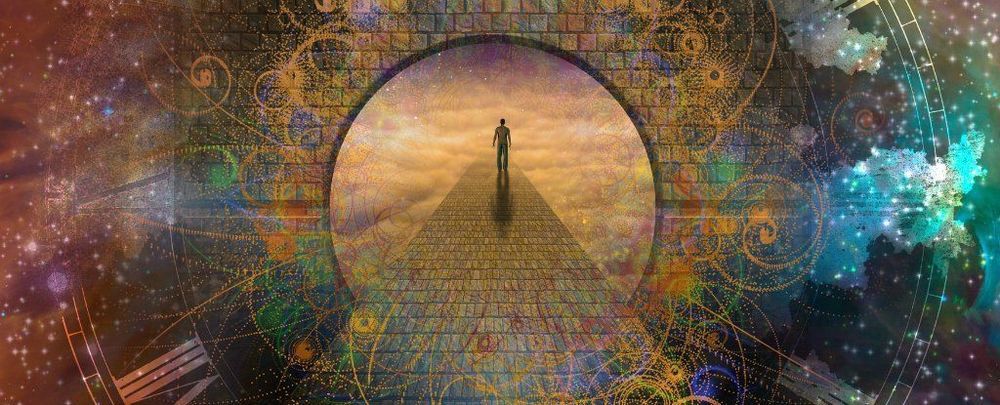
In the summer of 1935, the physicists Albert Einstein and Erwin Schrödinger engaged in a rich, multifaceted and sometimes fretful correspondence about the implications of the new theory of quantum mechanics.
The focus of their worry was what Schrödinger later dubbed entanglement: the inability to describe two quantum systems or particles independently, after they have interacted.
Until his death, Einstein remained convinced that entanglement showed how quantum mechanics was incomplete. Schrödinger thought that entanglement was the defining feature of the new physics, but this didn’t mean that he accepted it lightly.
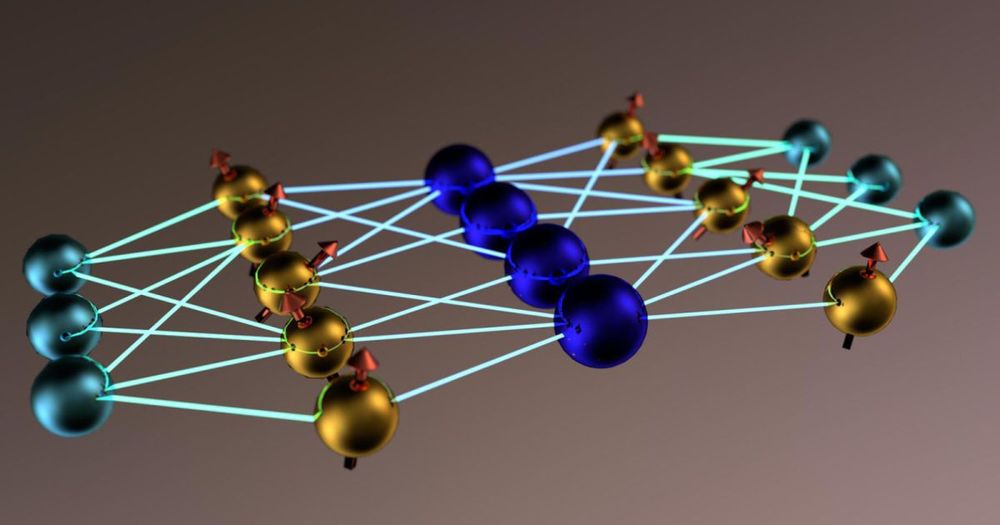
It’s difficult to simulate quantum physics, as the computing demand grows exponentially the more complex the quantum system gets — even a supercomputer might not be enough. AI might come to the rescue, though. Researchers have developed a computational method that uses neural networks to simulate quantum systems of “considerable” size, no matter what the geometry. To put it relatively simply, the team combines familiar methods of studying quantum systems (such as Monte Carlo random sampling) with a neural network that can simultaneously represent many quantum states.

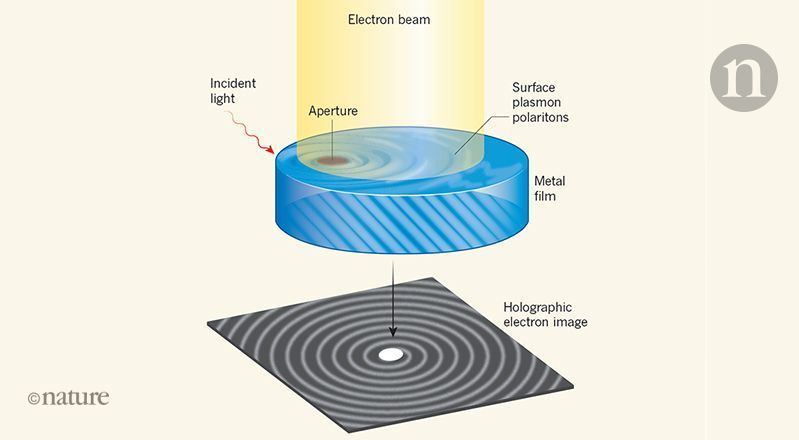
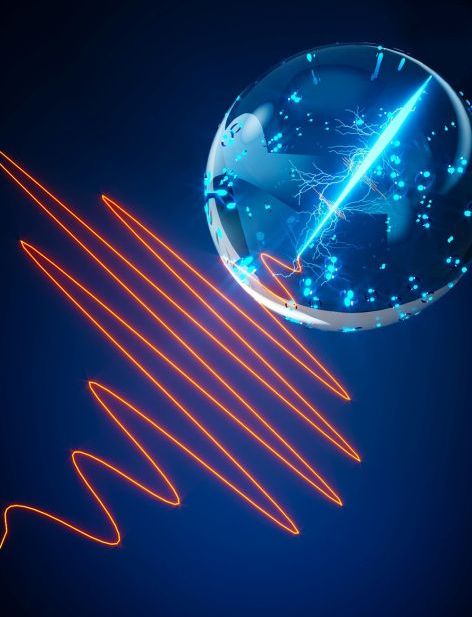
Jigang Wang and his collaborators have demonstrated light-induced acceleration of supercurrents, which could enable practical applications of quantum mechanics such as computing, sensing and communicating. Larger image. Image courtesy of Jigang Wang.
AMES, Iowa – Jigang Wang patiently explained his latest discovery in quantum control that could lead to superfast computing based on quantum mechanics: He mentioned light-induced superconductivity without energy gap. He brought up forbidden supercurrent quantum beats. And he mentioned terahertz-speed symmetry breaking.
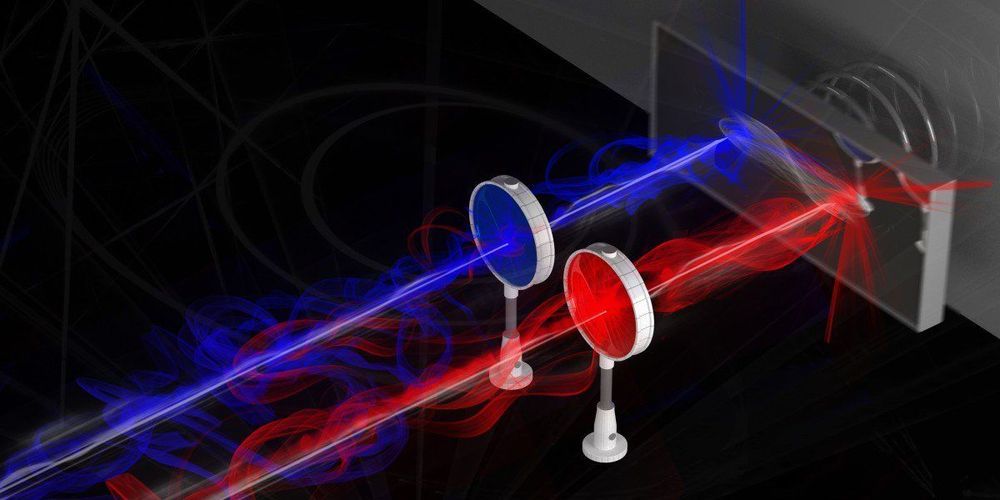
Quantum physics will bring us even faster computers and tap-proof communication. However, there are still a number of problems to solve before the breakthrough. The prototype of a quantum interface, which was developed at the Institute for Science and Technology (IST) Austria, brings us one step closer to quantum internet. The transfer of information from one quantum computer to another becomes possible.
One problem with quantum computers is that the electronics only function at extremely low temperatures of a few thousands of a degree above absolute zero (−273.15 °C). If the temperature in the computer rises, all information is destroyed. The reason for this is superconductivity – a macroscopic quantum state of materials whose electrical resistance drops abruptly to zero when the temperature drops below the transition temperature. In the case of the quantum computer, these are microwave photons that are extremely sensitive to noise and losses.
This temperature sensitivity currently makes it almost impossible to transfer information from one quantum computer to another. The information would have to pass through an environment with high temperatures it could not survive in.